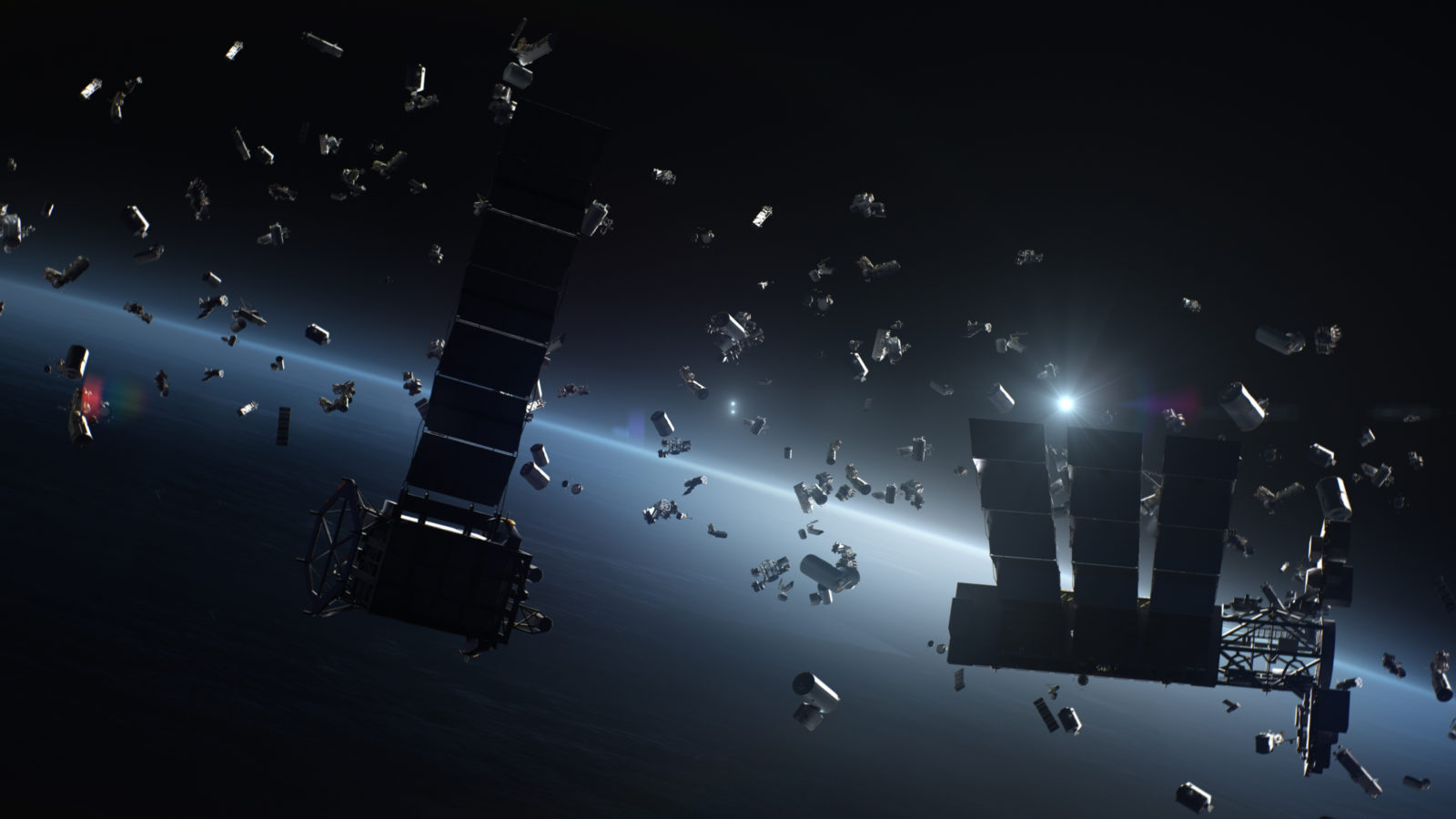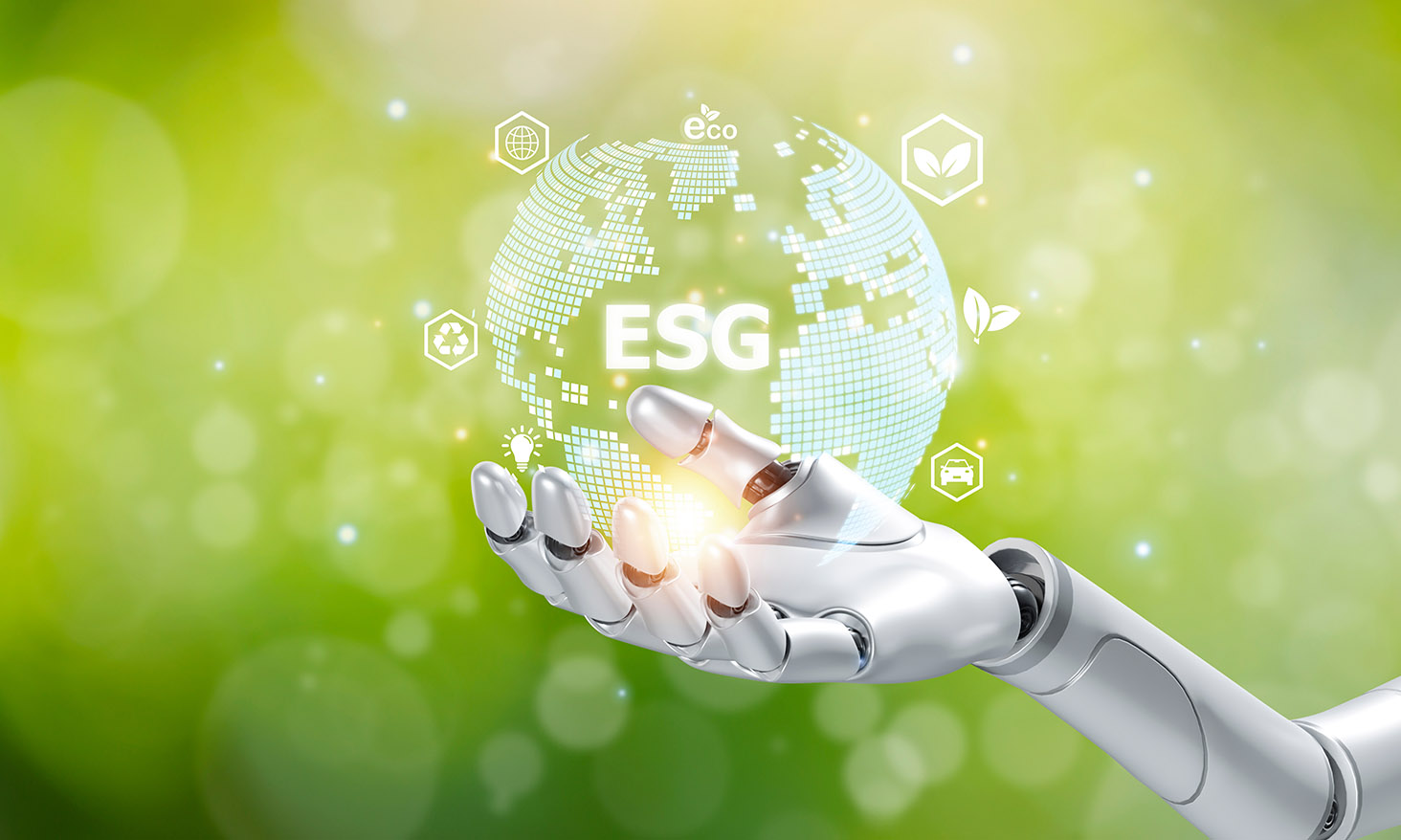
Space debris avoidance maneuvers are a crucial aspect of space exploration and satellite operations. In order to maintain the safety and functionality of space missions, scientists and engineers have developed various strategies to avoid collisions with the ever-increasing amount of space debris floating in Earth’s orbit. These maneuvers involve adjusting the trajectory or altitude of satellites to minimize the risk of impact. While space debris avoidance maneuvers may seem like routine procedures, the intricacies and challenges involved are truly astonishing. In this article, we will delve into 18 mind-blowing facts about space debris avoidance maneuvers. From the sheer number of objects orbiting our planet to the advanced technologies used to track and mitigate risks, get ready to uncover some fascinating insights into the world of space debris avoidance maneuvers.
Key Takeaways:
- Space debris poses a serious threat to satellites and astronauts. Scientists are using advanced technology and international collaboration to track, avoid, and even repurpose space debris for future space missions.
- The future of space debris mitigation looks promising, with innovative solutions such as AI-driven avoidance systems and advanced spacecraft shielding. Efforts are ongoing to ensure a sustainable and debris-free space environment for future space exploration.
The Growing Threat of Space Debris
Space debris, also known as space junk, refers to the defunct satellites, spent rocket stages, and other debris that orbit around the Earth. It poses a significant threat to operational satellites and spacecraft.
Collisions with Space Debris
Space debris can cause catastrophic collisions with functioning satellites, potentially disrupting communication networks, weather forecasting systems, and even jeopardizing space missions.
Tracking Space Debris
International space agencies and organizations track thousands of pieces of debris in real-time using radar and optical instruments. They maintain databases that help predict the probability of collisions and plan avoidance maneuvers accordingly.
The Kessler Syndrome
The Kessler Syndrome, proposed by NASA scientist Donald J. Kessler, suggests that a chain reaction of collisions between space debris could create a cascade effect, rendering certain orbital regions unusable.
Active Debris Removal
Scientists and engineers are exploring various methods of actively removing space debris, including capturing, de-orbiting, and even vaporizing the debris using lasers.
Automated Collision Avoidance Systems
Modern satellites are equipped with sophisticated collision avoidance systems that utilize data from space debris tracking stations to autonomously maneuver and avoid potential collisions.
Manually Controlled Debris Avoidance Maneuvers
In some cases, satellite operators manually perform avoidance maneuvers when the risk of collision with tracked debris is deemed high. These maneuvers adjust the satellite’s orbit to avoid the path of the debris.
Minimizing Space Debris Generation
Space agencies and private companies are taking proactive measures to minimize space debris generation by designing satellites and rockets with disposal plans, such as controlled atmospheric reentry or deliberate de-orbiting.
International Collaboration
Collaboration between nations plays a crucial role in mitigating the risks associated with space debris. International agreements and guidelines are in place to promote responsible space operations and debris mitigation practices.
Orbital Debris Threatens Astronauts
Space debris poses a significant threat to astronauts aboard the International Space Station (ISS). The ISS occasionally performs debris avoidance maneuvers to ensure the safety of its crew.
Hazardous Space Junk
Space debris can range in size from tiny paint flecks to larger pieces of discarded satellites. Even small debris traveling at high velocities can cause severe damage upon impact.
Cost of Avoidance Maneuvers
Avoidance maneuvers can be costly in terms of fuel consumption and operational resources. Satellite operators carefully evaluate the risks and costs before deciding to perform a debris avoidance maneuver.
Future Space Debris Challenges
As space exploration and commercial ventures continue to grow, the volume of space debris is expected to increase. New technologies and strategies will be necessary to address the challenges posed by this expanding debris population.
Space Debris as a Resource
Some researchers are exploring the possibility of using space debris as a resource. One idea is to collect and repurpose space debris, transforming it into useful materials for future space missions.
Unknown Debris Origins
Not all space debris can be easily attributed to a specific object or mission. Some debris, referred to as “unknown” debris, poses additional challenges when it comes to avoidance maneuvers and mitigation efforts.
Spacecraft Shielding
Advanced spacecraft designs incorporate shielding technologies to protect against the potential damage caused by small debris. These shields help prevent penetration and minimize the risk of critical system failures.
The Role of AI in Debris Avoidance
Artificial intelligence (AI) plays an increasingly important role in space debris avoidance. AI algorithms can analyze vast amounts of tracking data and quickly determine optimal avoidance strategies for satellites.
The Future of Space Debris Mitigation
Scientists and engineers are continuously working on innovative solutions to ensure the long-term sustainability of space activities. From innovative debris removal technologies to improved tracking systems, the future looks promising in the ongoing efforts to mitigate the risks associated with space debris.
Conclusion
In conclusion, space debris avoidance maneuvers are crucial for maintaining the safety and sustainability of space missions. As our understanding of the hazards posed by space debris continues to grow, so does our need to mitigate the risks associated with it. The 18 astonishing facts presented in this article shed light on the complexities of space debris avoidance maneuvers and the impressive efforts undertaken by space agencies and organizations around the world to minimize the threat.From laser-based tracking systems to robotic arms and collision prediction algorithms, the advancements in space debris mitigation techniques are truly remarkable. These endeavors highlight the resolve of the scientific community to protect valuable assets in outer space and ensure the successful continuation of space exploration.As the number of satellites and human-made objects in space continues to increase, it is vital that we remain vigilant in implementing effective space debris avoidance maneuvers. By adopting proactive measures, we can help preserve the integrity of our precious space environment for future generations.
FAQs
Q: What is space debris?
A: Space debris refers to defunct human-made objects, such as old satellites, spent rocket stages, and fragments from spacecraft collisions or explosions orbiting the Earth.
Q: Why is space debris a concern?
A: Space debris poses a threat to operational satellites, spacecraft, and the International Space Station. Collisions with debris can cause catastrophic damage and generate more debris, leading to a chain reaction known as the Kessler Syndrome.
Q: What are space debris avoidance maneuvers?
A: Space debris avoidance maneuvers are planned maneuvers carried out by satellites and spacecraft to avoid potential collisions with known or predicted debris. These maneuvers typically involve changing the spacecraft’s orbit to steer clear of the hazardous objects.
Q: How do scientists track space debris?
A: Scientists track space debris using ground-based radar systems, optical telescopes, and satellite-based sensors. These systems help identify and monitor the trajectory of space debris, enabling accurate predictions for collision avoidance maneuvers.
Q: Who is responsible for space debris mitigation?
A: The responsibility for space debris mitigation lies with space agencies, governments, and international organizations. Efforts are being made to develop guidelines, regulations, and best practices to minimize the creation of new debris and mitigate the risks associated with existing debris.
Q: Can space debris be removed from orbit?
A: Yes, there are proposed methods for space debris removal, such as using nets, harpoons, or lasers to capture and deorbit debris. However, implementing these methods on a large scale is still a technological and logistical challenge.
Q: How can individuals contribute to space debris mitigation?
A: While individuals cannot directly mitigate space debris, they can support initiatives that promote responsible space operations and raise awareness about the issue. By advocating for sustainable practices and supporting research in space debris mitigation, individuals can contribute to a cleaner space environment.
Space debris avoidance maneuvers protect our celestial environment, but there's more to explore. Dive into the fascinating world of collision avoidance techniques and discover how they prevent catastrophic collisions. Learn about international orbital debris mitigation guidelines that aim to reduce space junk. Gain insights into space situational awareness, which plays a crucial role in keeping our orbits safe and clean. Embark on a journey through these captivating topics and expand your knowledge of the challenges and solutions in managing the ever-growing presence of debris in space.
Was this page helpful?
Our commitment to delivering trustworthy and engaging content is at the heart of what we do. Each fact on our site is contributed by real users like you, bringing a wealth of diverse insights and information. To ensure the highest standards of accuracy and reliability, our dedicated editors meticulously review each submission. This process guarantees that the facts we share are not only fascinating but also credible. Trust in our commitment to quality and authenticity as you explore and learn with us.


